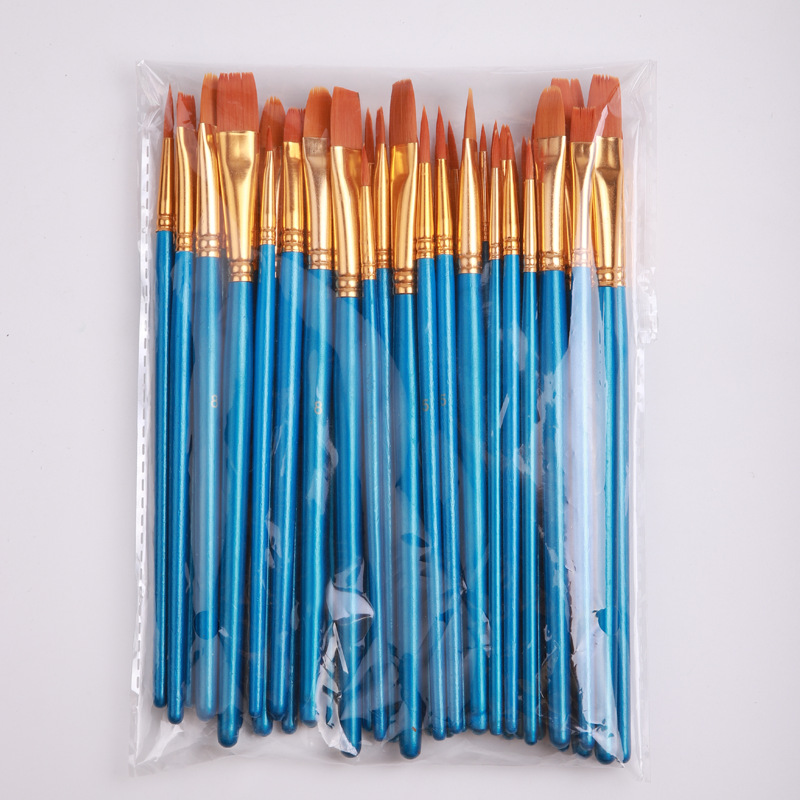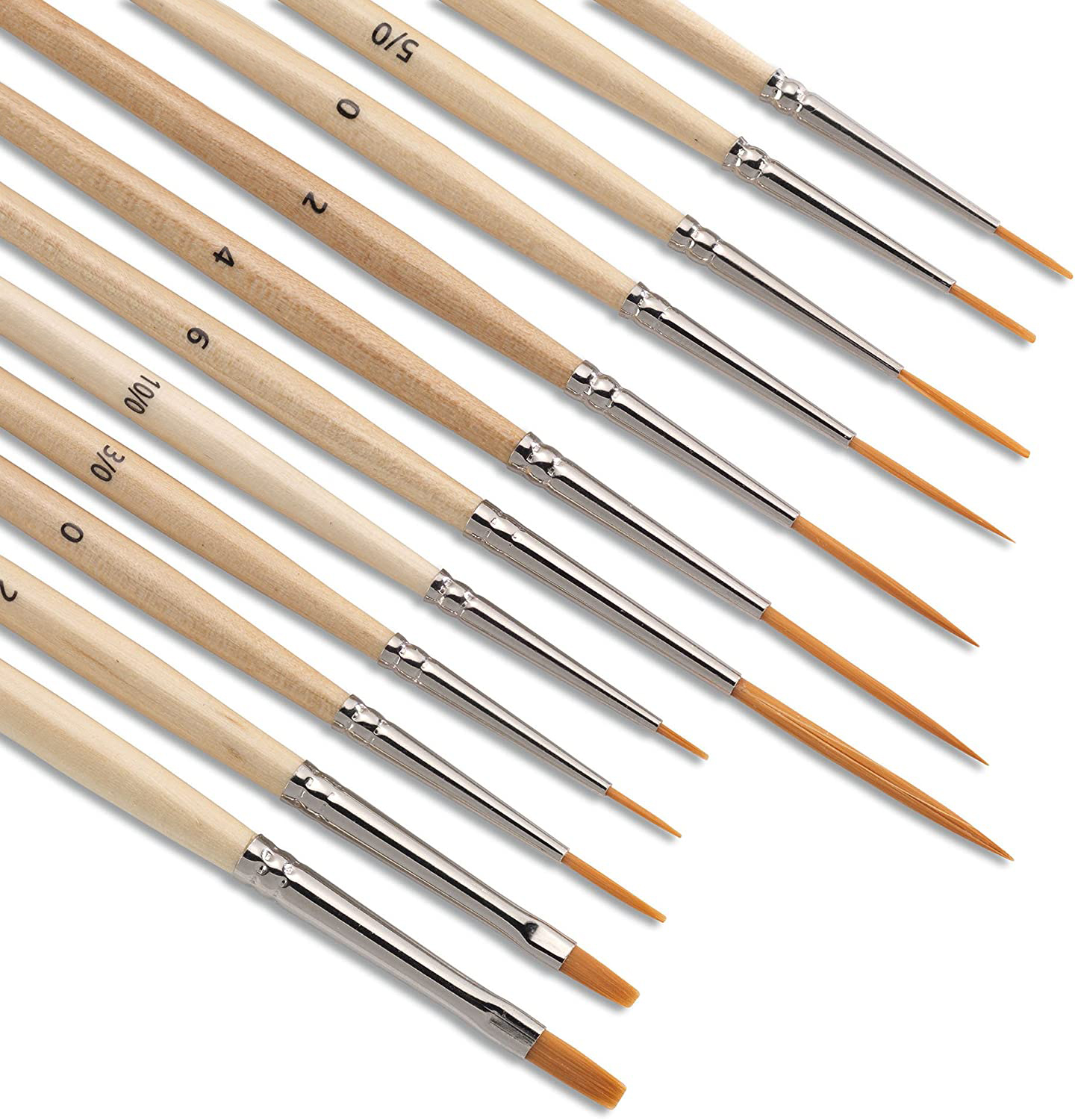21. Precautions for still life composition
At the core of the composition, attention should be paid to the arrangement and composition of points, lines, surfaces, shapes, colors and spaces;
The composition should have a center, set off, complex and simple, gathering and scattering, density, and primary and secondary contrast. The internal area and shape should be balanced, which will produce a vivid, changeable, harmonious and unified picture effect;
The picture composition generally has triangle, compound triangle, ellipse, oblique, s-shaped, v-shaped composition, etc.;
22. Analysis of oil painting titanium dioxide pigment
Titanium white is an inert pigment that is not affected by weather conditions and has a strong covering power. It is the brightest and most opaque color among all white pigments and can cover other white colors;
23. Quick-drying paint for oil painting
The quick-drying pigment is suitable for various traditional oil painting techniques, and its drying time is faster. Quick-drying oil paints have better transparency, and when layered painting, the painting layer after drying is more smooth;
24. The order of the big colors of the painting (under normal circumstances, different people have different habits, and different painting objects can be painted in different colors)
(1) First draw the basic outline of the main body of the picture with a neutral color (ripe brown);
(2) Use thin pigments to cover main areas, shapes, and colors with a clear color tendency;
(3) Squint to find the basic brightness and color of the picture, as well as the corresponding brightness and color of each area;
(4) Once the sketch is drawn, draw it as a whole;
25, plush texture performance
Use small brush strokes to form a piece on a regular basis, or use small penholders, hardwood sticks, etc. to make fluffy spots;
26. How to make grass texture
You can use a small pen to draw; large areas of grass often use the dry drag method, that is, use a large pen dipped in a thick color to drag the brush, and then drag after the color is dry. Repeat until a thick grass effect is produced. You can use a drawing knife, fan-shaped pen, etc. Auxiliary tools
27. The meaning of thick oil painting
It refers to the accumulation of materials; it is rich and heavy in the sense, and many accidental effects formed by repeated local modifications. The two aspects blend with each other and are very subtle;
28. Metal texture production

Use a hard and dry brush to brush out the texture of the metal cutting, make the highlights longer and longer, such as bronze, and use a large brush of thick paint to make the texture rough;
The highlight should not be too strong, pay attention to the contrast of metal corrosion, the color of the oxidized area of the incision should be grayer, depending on the object;
29, the performance of transparent texture
Classical oil painting is realized by over-dyeing. On a gray-brown background with a mid-tone, dark brown and silver-gray are used for plain oil painting. After drying, it will be covered with a transparent color;
Avoid adding too much white to the transparent color, so as not to affect the transparency;
30. Oil painting background color selection
(1) The background color depends on the theme of the picture;
(2) Use a warm background color to paint a picture with a cool color as the main color, and use a cool color background to paint a picture with a warm color as the main color;
(3) Or use complementary colors to form the main tone of the composition;
Post time: Oct-28-2021






